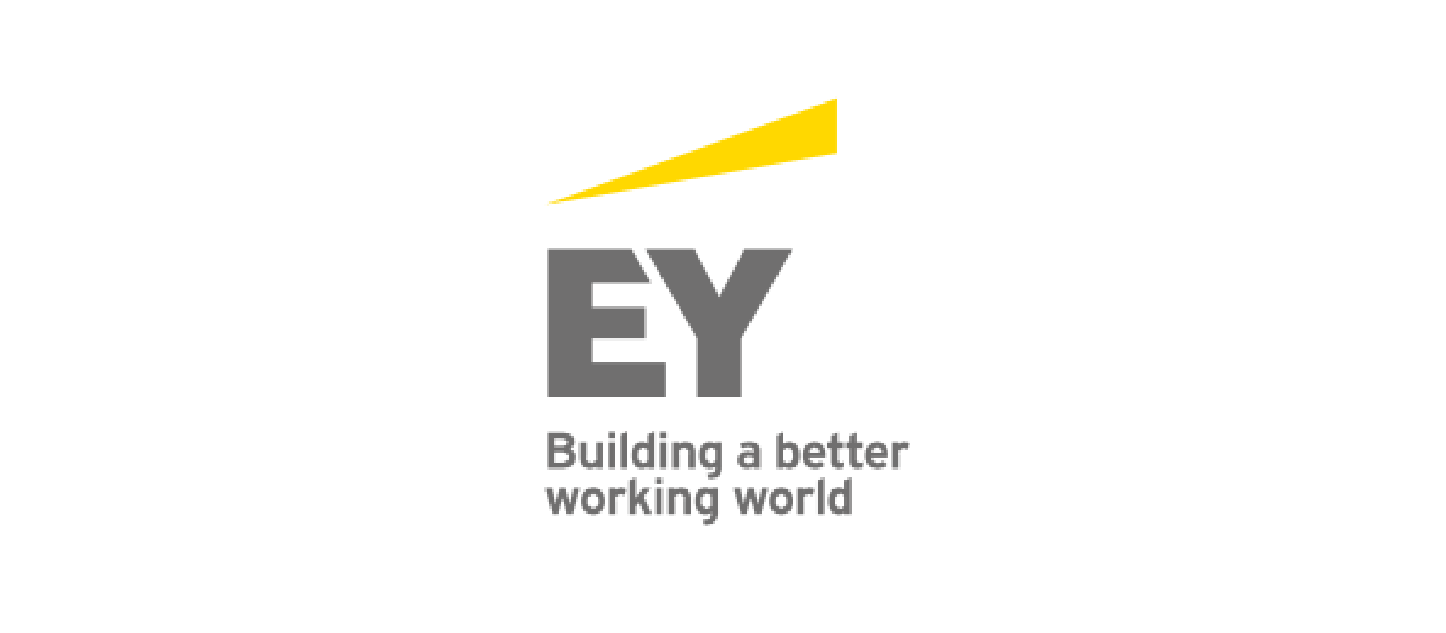White Paper: Ernst & Young
Sharing ledgers for sharing economies: an exploration of mutual distributed ledgers (aka blockchain technology) by Professor Michael Mainelli and Mike Smith of Z/yen Group for the EY Global Financial Services Institute, November 2015 [47 pages]
(extract)
2. What is a blockchain?
Nick Williamson believes “that a blockchain consists of three main, complementary parts: a shared state, a set of rules for updating state via blocks and a trust model for timestamping.”
Williamson’s three complementary parts correspond well with the trusted third-party ledger model introduced above: validate — a trust model for timestamping new transactions by members of the community; safeguard — a set of rules for sharing data of guaranteed accuracy; and preserve — a shared view of the history of transactions.
In January 2009, blockchain technology was used to help create Bitcoin, a cryptocurrency- based protocol for the exchange of tokens called bitcoins. Bitcoin and other cryptocurrencies (also called AltCoins) gained significant attention in 2013 with Bitcoin’s sharp price rise when transacted in fiat currencies, the historic high being U.S.$1,124.76 on 29 November 2013. Bitcoin market capitalization dropped from a high of U.S.$13.9 billion on 4 December 2013 to about U.S.$3.3 billion in May 2015. High prices and high volatility attracted speculation, as well as proliferation of competitive and complementary cryptocurrencies. Arguably, there are over 600 AltCoins based on blockchain technology. Bitcoin remains the preponderant cryptocurrency. The market capitalization of the top 600 cryptocurrencies tracked by http://coinmarketcap.com/all/views/all/ including Bitcoin is U.S.$3.9 billion. Technologists have drawn attention to the MDL underpinning cryptocurrencies, the blockchain.
A blockchain is a transaction database based on a mutual distributed cryptographic ledger shared amongst all nodes participating in a system. It is public in that it is decentralized and shared by all nodes of a system or network. There is integrity as double spending is prevented through block validation. The blockchain does not require a central authority or trusted third party to coordinate interactions, validate transactions or oversee behavior. A full copy of the blockchain contains every transaction ever executed, making information on the value belonging to every active address (account) accessible at any point in history.
The blockchain’s main innovation is a public transaction record of integrity without central authority. The blockchain is decentralized by nature, i.e., shared by all nodes connected to a set network. Blockchain technology offers everyone the opportunity to participate in secure contracts over time, but without being able to avoid a record of what was agreed at that time
While Bitcoin is problematic legally, socially and economically, and there have been technical glitches with Bitcoin wallets, the blockchain technology has proven robust. In fact, as an experiment in proving blockchain technology’s robustness, Bitcoin has been superb, showing the technology to be proof against a wide range of attacks, from criminals to national security agencies. Growing confidence has led numerous firms, particularly in financial services, to announce their interest in using them: Nasdaq, BNY Mellon, UBS, USAA, IBM, Samsung and many others. In turn, a number of firms have realized that the wider field of MDLs provides a variety of approaches that can be adapted to numerous uses.
